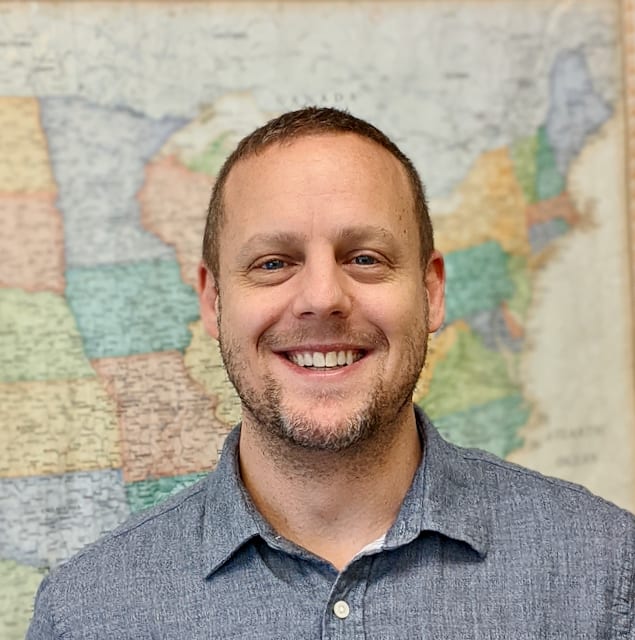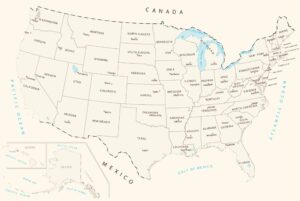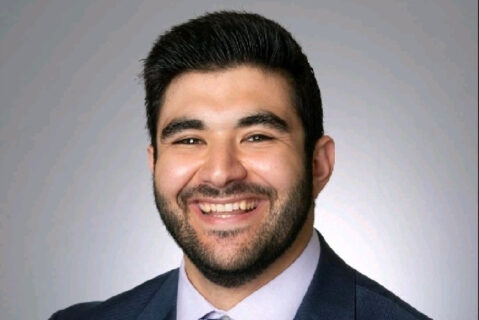
Lucas George: The Importance of a MAHG Degree
Last week we shared news of two recent MAHG graduates who’ve been named History Teachers of the Year by the Gilder Lehrman Institute: Tyler Nice of Oregon, and Lucas George of Ohio. Today we introduce you to George, one of the younger teachers so honored.
Telling the Story of Us
“History is the best subject,” says Lucas George, a recent graduate of the MAHG program who was named 2022 Ohio History Teacher of the Year by the Gilder Lehrman Institute. “That’s because history is the story of us. Part of figuring out who we are is figuring out where we came from. And there is no better way, I think, to connect with other human beings than through the stories of our past.”
George reached this conclusion as a middle schooler. Not born with his siblings’ gifts for math and science, he drifted in school until a charismatic eighth grade social studies teacher showed him his gift for history. “Every day in Mr. McGuinness’s class, I felt energized, ready to learn. He was loud, sarcastic, funny and intense”—rather like the highly successful teacher George is today. “McGuinness made me feel capable of doing something important. After taking his class, I knew that I wanted to help other students feel the same way I felt that entire year.”
He earned a history degree with an education minor at Wittenberg University in Springfield, Ohio, studying under the mentorship of Dr. Amy McGuffey in a program that gave him a wide range of student teaching opportunities. He worked in a rural school, an urban school, and a suburban school, and at different grade levels, earning certification for seventh through twelfth grade social studies education. Then he began his first teaching job, at Franklin High School (south of Dayton). He’d already become involved in the state’s leading social studies professional organization, the Ohio Council for the Social Studies (OCSS), and as a rookie teacher seized an opportunity to present a teaching strategy at an OCSS conference. He saw himself advancing through the profession, eventually working as an educational policymaker.
MAHG: A Program That Exceeds Expectations
In the spring of 2019, he was named Emerging Social Studies Teacher of the Year by the OCSS. He also won the James Madison Foundation Fellowship for the state of Ohio, an award funding a Master’s degree in a program emphasizing American constitutional studies. Suddenly he was faced with a choice of graduate programs.
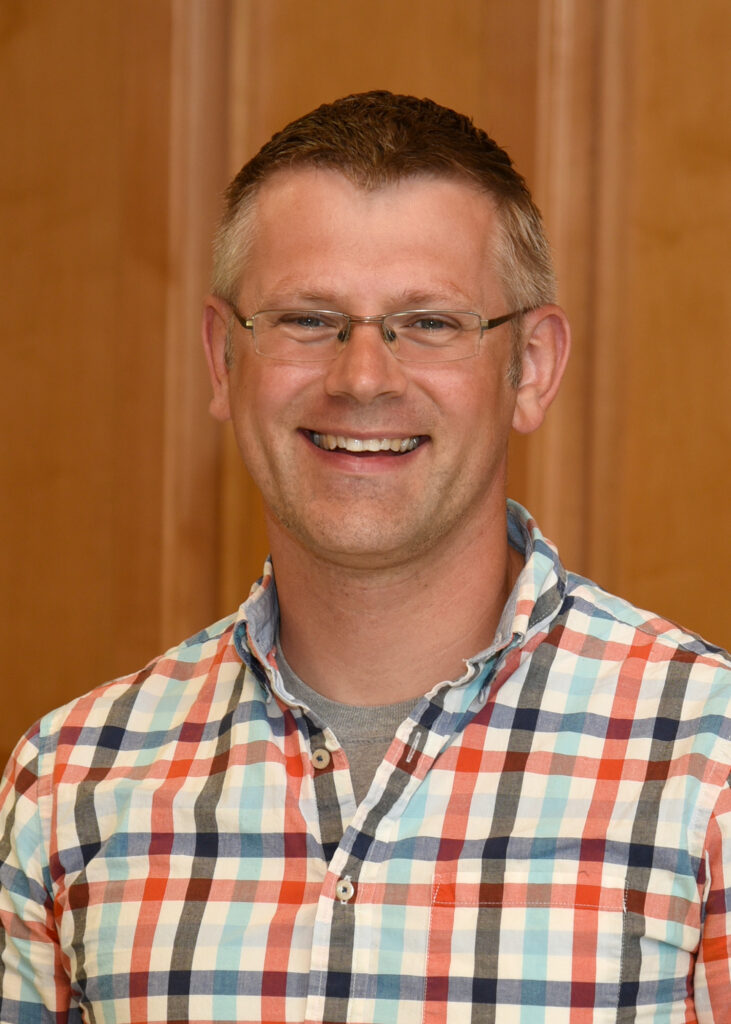
He turned to another friend and mentor, Joshua Spiegel, a social studies teacher in Perrysburg, Ohio. “He’s one of the finest educators I’ve met,” George said; “he is also a Madison Fellow, and had reviewed my application for the award. I told him, ‘I didn’t expect to win the fellowship on the first try! So, where should I go to graduate school?’”
Spiegel suggested the program where he’d earned his own degree: the Master of Arts in American History and Government at Ashland University. George took the advice, not really expecting the program to transform the way he taught.
“MAHG exceeded my expectations,” George now says. Each class session was a conversation with “top-notch” professors and other teachers, many with more years of experience. “Because of MAHG’s interactive platform”—its live discussion format, even in online seminars—“I learned not only from the professors, but from older master teachers.”
He found the program not only engaging but immediately useful. “While teaching college-level classes at Franklin, I would pull in stuff I’d just read for homework.”
Seeing History Through The Eyes of the Past
The MAHG program elevated George’s teaching practice by reorienting it toward primary documents. His undergraduate program and natural gifts had given him a confident, dynamic teaching style. But he’d not learned how to structure history lessons around original sources. “Telling the story through those sources makes a crucial difference,” George said. When you read them, you’re seeing history through the authors’ eyes.”
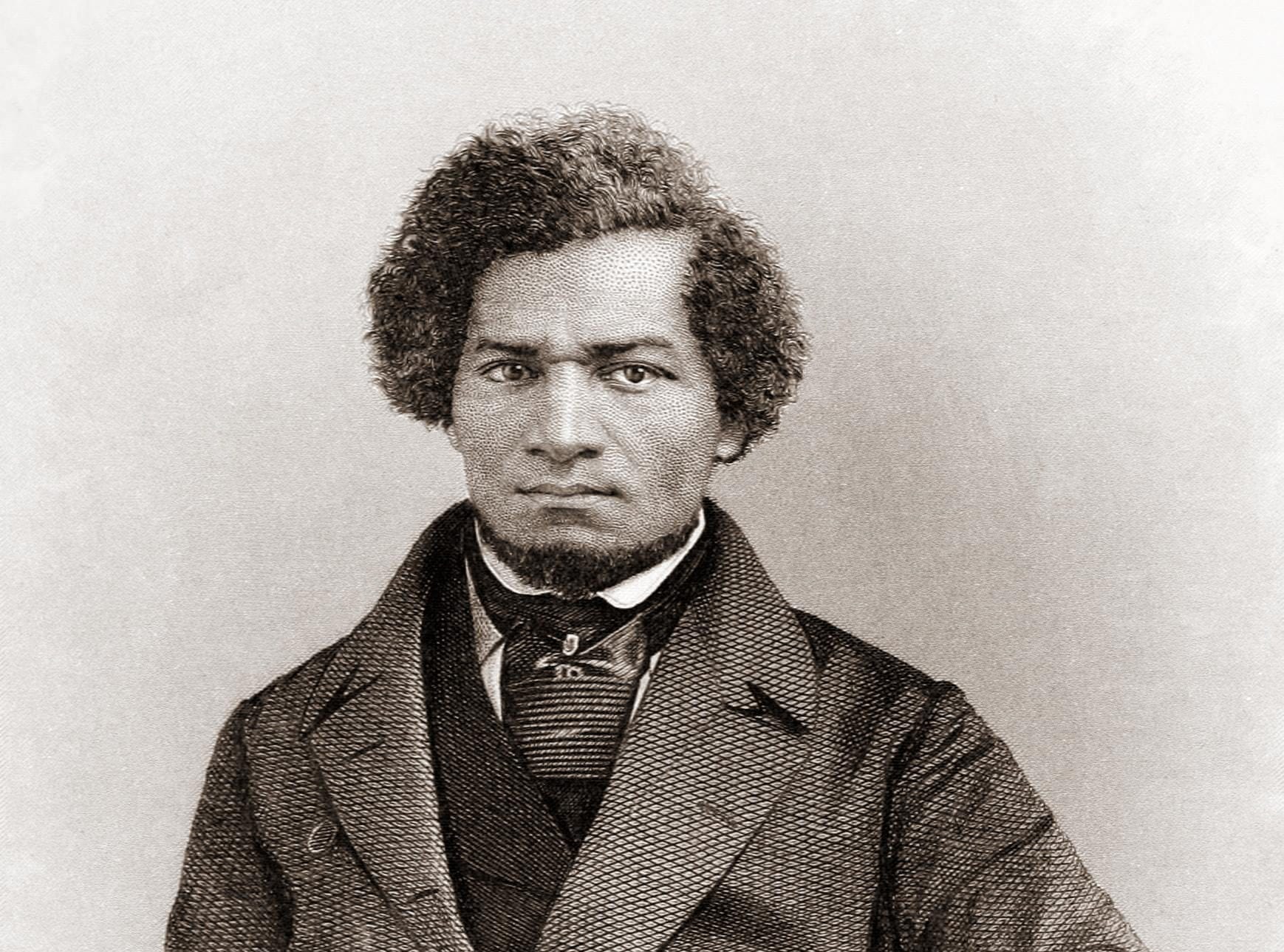
In MAHG, he read great writers like Frederick Douglass—then took their writings to his students. Reading Douglass “completely changed the way we talked about slavery and the Civil War. Now it wasn’t Mr. George reading from a slide what happened; it was Douglass telling us what happened.” Douglass’s autobiography, for example, vividly depicts slavery corroding the morals of slaveholders and oppressing the spirits of the enslaved. Yet it also depicts a man realizing his own worth. He struggles in secret to learn to read; stands up to the overseer in a prolonged private fight; devises a way to escape from slavery; and joins the abolitionist cause, becoming a powerful voice for equality and freedom. “That’s the story of America,” George said—“this story of a man born into slavery, who through the aid of others and his own intense efforts escapes his oppression and becomes one of the most important leaders of the 19th century.”
Using Primary Documents to Preserve the Past
George completed his MAHG degree in August. At about the same time—only a few weeks before beginning his fifth year of teaching—he learned he’d been named Gilder Lehrman History Teacher of the Year for Ohio.
He thanks a colleague in the Madison Fellowship program, Landon Schmeichel of South Dakota, and a colleague at Franklin High School, Justin Rossi, both of whom nominated him for his teaching award. Once nominated, he had to submit an application, including a lesson plan he had written. He submitted an innovative research project that he had taught with the help of his colleague Rossi.
“Franklin is building a new high school. In the new building, I saw an opportunity to preserve the past. Partnering with the local historical society, who gave us a lot of primary source materials, I had my students research underrepresented groups and individuals in Franklin’s history. Each of ten student teams wrote a paper about a little-known historical group or figure whom they would like to see commemorated in a room or feature of the new building.
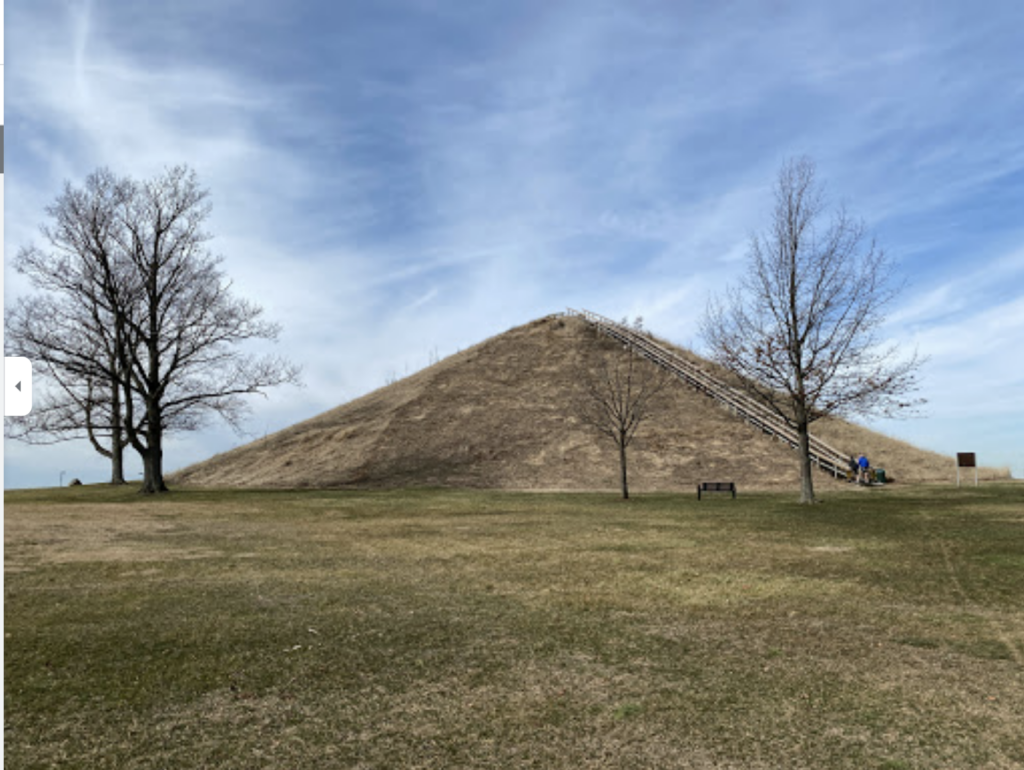
“Drawing evidence from six to ten primary sources, each team built a solid academic paper, then turned their paper into an oral presentation. Rossi and I heard their speeches and then selected three students from three teams to take their presentations to the local school board.”
One student asked that the new school building commemorate an ancient indigenous group, the “Adena” people, who settled in present-day Indiana, southern Ohio, and Kentucky, introducing agriculture there and leaving behind massive burial mounds (including one six miles from Franklin, the Miamisburg Mound). The other students recommended memorializing leading African American educators born in Franklin: Eva Louise Polley, who worked in Ohio, and Mary Kennedy Carter, whose work in curriculum development took her to New York, where she served on a state legislative commission researching the best way to teach issues of race.
“These students’ presentations were top-notch. They dressed nicely for the occasion, and a couple of them even memorized their speeches. Asked questions by board members, they didn’t miss a beat. Watching them speak at that board meeting will always be one of my proudest moments as an educator. And without their work, I wouldn’t have been honored by Gilder Lehrman.”
Teaching the Habits of Citizenship
This year, George began a new position at Lakeview Junior High School, in Pickerington, east of Columbus. His students are “a little louder, a little more rambunctious” than the high school students he taught in Franklin. “I’m loud and rambunctious too,” George said. “I fit right in.”
His new students need more coaching in reading primary documents. George begins with an amusing non-academic text, such as a description of the world’s most awesome sandwich. Students enjoy annotating this text and underlining its key ideas. Then he asks them to apply these skills to an historical document.
His ultimate goal is to teach habits of empathy and civil communication. “Unfortunately, we live in a time when politicians don’t display much empathy for those who disagree with them. I teach empathy through primary sources, asking students to put themselves in the shoes of the writer they’re reading.
“I would never, ever ask students to adopt my opinions. But when they read a primary source, I say, “You may not agree with the writer. But do you see where they’re coming from?’ If they nod yes, I know they’re beginning to build a capacity for empathy. Then we can practice communicating with each other, learning to debate and present our points of view in a respectful way.”
George doesn’t expect students to agree on the best course for the country’s future. No generation of Americans ever has. However, “if we teach empathy and a willingness to understand each other, this next generation will be able to compromise and cooperate.”

